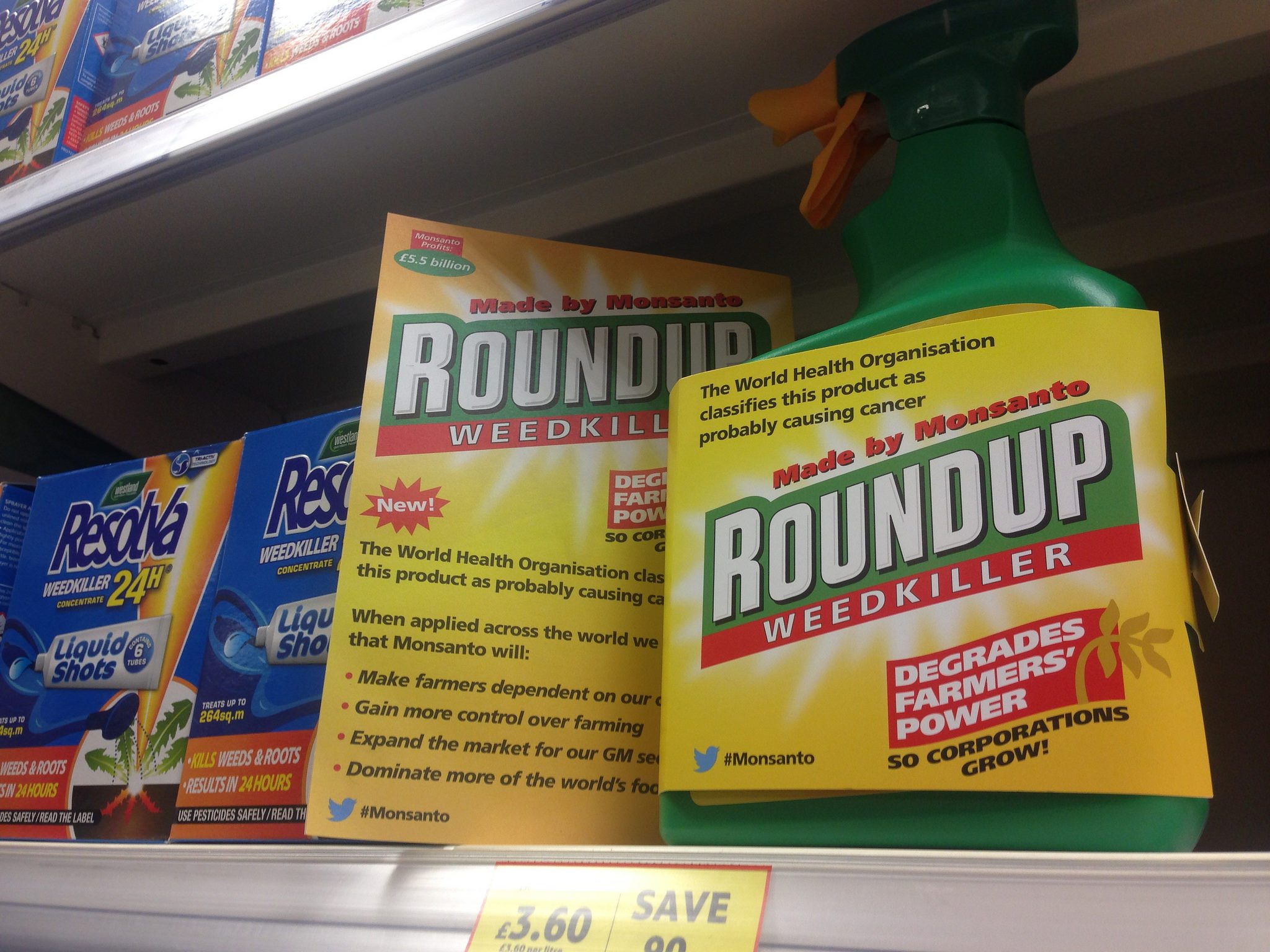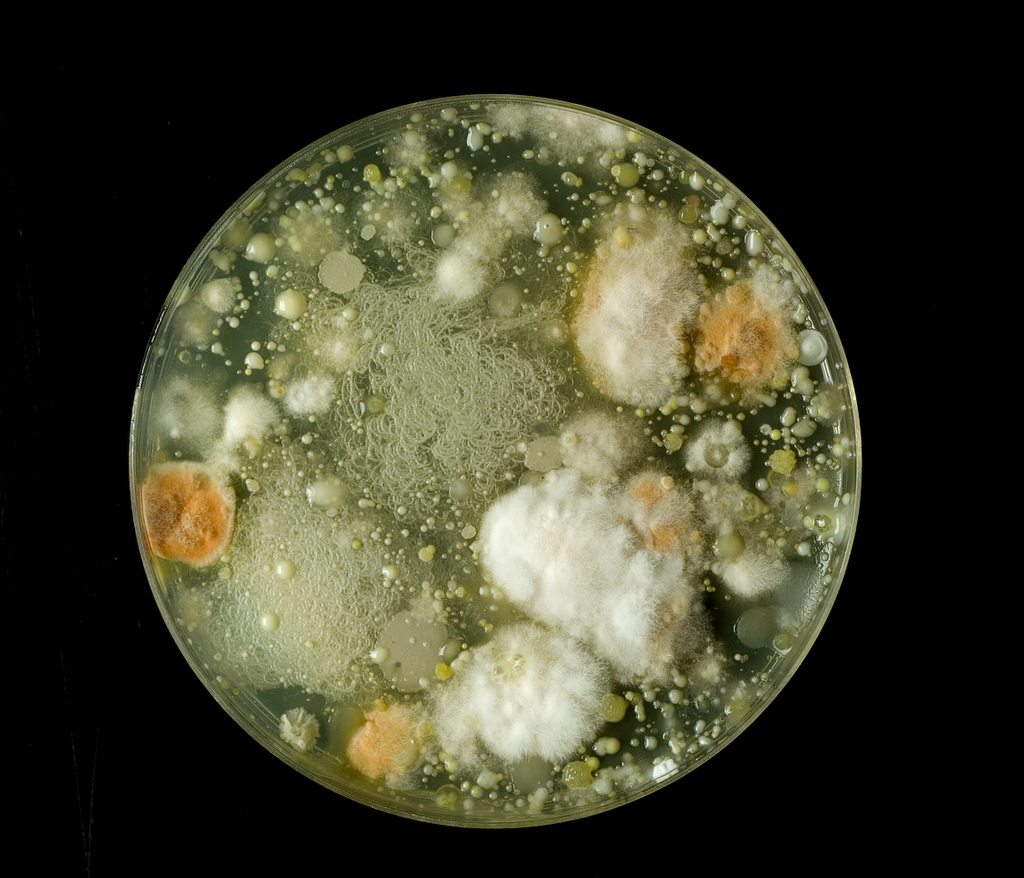More than 1.5 million Americans experience adverse reactions to sesame every year. The flareups can be relatively minor—skin irritations like hives, for instance—or serious and life-threatening, like whole-body anaphylaxis.
Sesame shows up in all kinds of foods, from beef jerky to candy corn. And more people are allergic to it than ever before: We’re up from 0.1 percent of the population to 0.49 percent in less than a decade. But in spite of its ubiquity, sesame can be easy to miss on an ingredient label. That’s because it does not have to be listed under its common name. It can fall under the category of “spice” or “natural flavor” on a package, or it can be listed with an unfamiliar name like “gingelly oil,” “til oil,” or “tahini.”
To make matters even less transparent, the Food and Drug Administration (FDA) does not include sesame on its “Top 8 Allergens” list—commonly known as “the big eight,” which requires food manufacturers to list any of the eight most common ingredients that trigger food allergies. (They are: milk, eggs, peanuts, tree nuts, fish, shellfish, soy, and wheat.)
Illinois thought it was time to change all this. In July, the state’s Democratic Governor, J.B. Pritzker, signed into law HB 2123, which amended Illinois’s Food, Drug, and Cosmetics Act to require that any packaged food list the presence of sesame on its label. For its part, FDA said nothing.
The agency currently provides recommendations for legislation like the Food Allergen Labeling and Protection Act (FALCPA), which became an amendment to the Federal Food, Drug, and Cosmetic Act in 2004, and guides the labeling requirements for packaged products that contain the big eight. It covers packaged food sold in the United States, but does not cover prescription or over-the-counter drugs, personal care items, kosher labeling, pet foods, made-to-order foods, food products regulated by the United States Department of Agriculture (USDA), or those regulated by the Alcohol and Tobacco Tax and Trade Bureau (ATTTB).
Since FALCPA, there have other been efforts to add sesame to the big eight, making it the big nine. One such effort, the Food Labeling Modernization Act (FLMA) was initially introduced to Congress in 2018 by Democratic Representatives Frank Pallone from New Jersey and Rosa DeLauro from Connecticut. But neither the House nor the Senate advanced the bill.
Many say that FDA’s big eight list has not evolved at the same pace as a growing population that’s susceptible to diverse food allergies. But even with new studies published this year on their upward trend in the U.S., and FDA’s own request for scientific data and public comments, the agency has taken no official action to require labeling for products containing sesame. “[The] FDA has the authority, under appropriate circumstances, to require labeling of allergens not on the list of ‘major food allergens’ established by Congress in the FALCPA. This is why we issued a request for information, to better understand the public’s opinions on this issue and decide whether we want to require this labeling of sesame as an allergen,” says Nathan Arnold, FDA’s press officer. Arnold adds that the agency is unable to comment on pending legislation and that it’s still reviewing the data it’s had on sesame allergies since December of 2018.
FDA gathers information on people who experience adverse reactions to products. But that data is emblematic of another slow-moving, outdated system. Currently, the agency uses the MedWatch Voluntary Report to gain insight into individual cases. The Center for Science in the Public Interest (CSPI), a self-described “science-based” consumer advocacy group that focuses on food policy, public health, and the environment, has said that FDA’s data collection is focused mostly on drugs and over-the-counter medicines and is a system that hinders efforts to understand and combat food allergies and needs updating. While CSPI waits for FDA to do that, the organization has created its own site to assist in reporting adverse events linked to sesame.
In a statement issued by former FDA Commissioner Scott Gottlieb regarding the agency’s stance on a labeling mandate, he notes that an estimated 20 people die every year from food allergies. “A handful of studies suggest that the prevalence of sesame allergies in the U.S. is more than 0.1 percent, on par with allergies to soy and fish,” the statement reads. Although Gottlieb asked eaters, the food industry, epidemiologists, nutritionists, allergy researchers, and physicians for information and data so FDA could learn more about the issue, the agency has apparently come to no particular decision about what to do next.
A study published this month in the Journal of the American Academy of Pediatrics showed that 1 in 13 children are affected by food allergies. This is a number that hits particularly close to home: My oldest son was diagnosed with a severe allergy to sesame after he experienced an emergency anaphylactic reaction at just nine months old.
For most adults living with food allergies, reading labels is an intrinsic part of life, and it can, quite literally, mean the difference between life and death. Sufferers describe a troubling range of reactions they try at all costs to avoid experiencing: breathing problems, vomiting, asthma, tightness in the chest, and the overall feeling of impending doom.
But labels aren’t necessarily making their lives any easier. Rohan Kremer Guha, a third-year biology major at the University of Chicago, double- and triple-checks all labels on the food he purchases. He has been living with food allergies to milk, eggs, barley, rye, some tree nuts, and sesame for as long as he can remember. Although his university dining hall provides all its menus one day in advance so that he can decide what is safe, Kremer Guha says there have been some “mess-ups,” including issues of cross-contamination during breakfast. He has not had a severe anaphylactic reaction in over 13 years, and to keep his record intact, Kremer Guha is a stringent label decoder. “My strategy is to read the ingredient list at least three times,” he says. “If there is something I am not sure about, I Google it. If I go to the grocery store, I scrutinize the ingredients.”
The luxury many Americans enjoy of grabbing a quick bite at the grocery is something most food allergy sufferers will never experience. And manufacturers are often unhelpful. Susan Bergin is a New Jersey resident whose adolescent son was diagnosed with a sesame allergy when he was a baby (she asked us not to use his name). The worst reaction she remembers him having—hives on his face and chest—was to a Stonyfield Yo Baby peach-flavored yogurt. Bergin says that when she asked the company if there was sesame in the product, the person she spoke to told her no. When she pressed further, she was told that Stonyfield purchases natural flavors from other companies, so the company didn’t specifically know that detail or even have to disclose the answer. Stonyfield did not respond to multiple requests for comment on Bergin’s claim or its policy on addressing consumer complaints about ingredients.
Since Bergin’s son can react and get hives from skin contact with just a few sesame seeds, being thorough is necessary. That means she is on the phone with, or emailing manufacturers at least once a month. “Sesame is everywhere, and being used in new and creative ways. It has gone mainstream,” she says.
For global food companies like General Mills, Mondelez, and Kraft Heinz, complying with the stricter labeling requirements of countries outside the U.S. may be safer and ultimately more cost-effective than navigating our lax standards. But big companies can do that. “There are some smaller companies that would answer your questions because they could and really wanted business, but there are others that can’t or simply won’t,” says Bergin. And legally speaking, they don’t have to: The presence of sesame does not have to be disclosed or referenced in any way as an allergen on the product. Doing so is purely up to the manufacturer’s discretion.
Having a child with a sesame allergy changes the way a parent thinks about food. Illinois Representative Jonathan Carroll’s 9-year-old daughter, Brooke, has multiple severe and life-threatening food allergies, including to peanuts, tree nuts, chickpeas, sunflower seeds, and sesame. Carroll says he began to question labeling opacity when he went out to buy food for his daughter once and found himself feeling overwhelmed. “I would ask myself, ‘Why don’t we have labeling regulations in place for sesame?,’” he says.
Coping with Brooke’s allergies made Carroll realize how vulnerable the population of food allergy sufferers is and how much is at stake. He says that Brooke’s experience of being served a sesame-sprinkled hamburger bun at a restaurant, even after having mentioned to the server her food allergies, was enough for him to decide legislation was necessary. In order to pass HB 2123, Carroll needed—and got—bi-partisan support. He says that manufacturers had concerns about an earlier version of the bill that would have required labeling on all foods, not just packaged items. So he decided he’d listen to them, restrict the legislation to packaged foods only, and take “baby steps” toward a more comprehensive regulation. “Let’s plant the seed now, no pun intended,” he laughs.
Kremer Guha and Bergin both agree that the Illinois law is an important step in the right direction, but neither say they’ll be changing their habits anytime soon. “If Stonyfield said they couldn’t answer questions about their labeling since sesame isn’t a top allergen, this means that the inner supply chain doesn’t have to keep records on it either,” says Bergin.
Advocacy groups and food allergy organizations have echoed this sentiment—and gotten political. Food Allergy Research and Education (FARE), a non-profit organization dedicated to raising food allergy awareness and promoting research, started in 2012 as a merger between the Food Allergy & Anaphylaxis Network (FAAN) and the Food Allergy Initiative (FAI). Jon Hoffman, director of advocacy and external affairs, says that the group has been working on the Food Allergy Safety, Treatment, Education and Research (FASTER) Act, which recognizes food allergies as a “public safety issue,” provides a framework for public health guidelines, and addresses the advance of allergens like sesame at a national level. “We’ve been engaged with the FDA over the last few years, signing joint letters with other organizations. We have gotten 31 co-sponsors, and I can say there is a lot of positive feedback on the Hill,” says Hoffman.
Europe, Canada, Australia, New Zealand, and Japan have all been assertive in regulating allergens like sesame. Europe, for instance, has required sesame labeling since 2003, when France announced that 1.5 percent of its population was allergic to the ingredient. We may not be quite where Europe is, but Carroll seems to think we’ll have to get there eventually. “I think people are starting to realize that this food allergy stuff isn’t going away and we have to start addressing these issues,” he says.
It’s not every day that a politician’s own child inspires legislation that will directly affect the lives of other people. “We have moved the conversation nationally,” CarrolI says. “I told my daughter, ‘Brooke, for a 9- year-old girl, you have changed the world.’”











